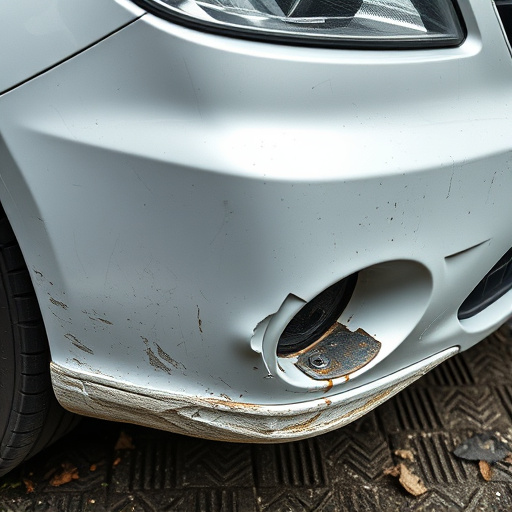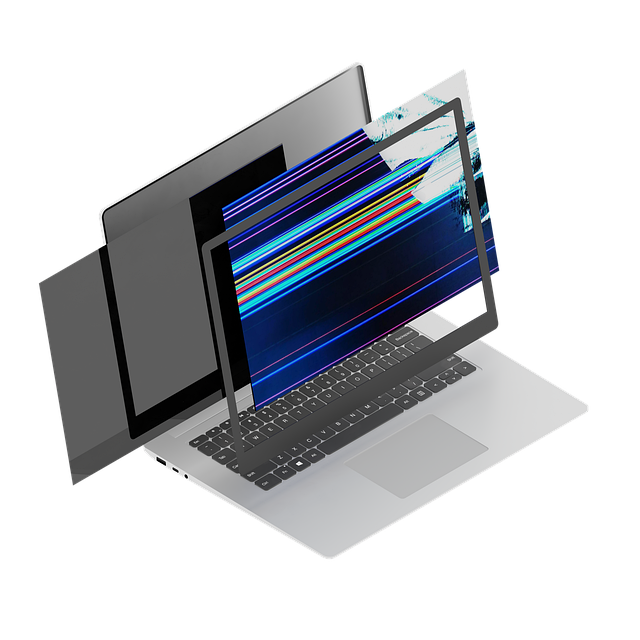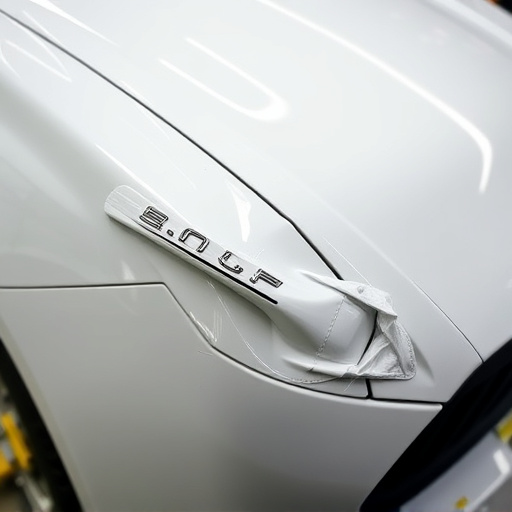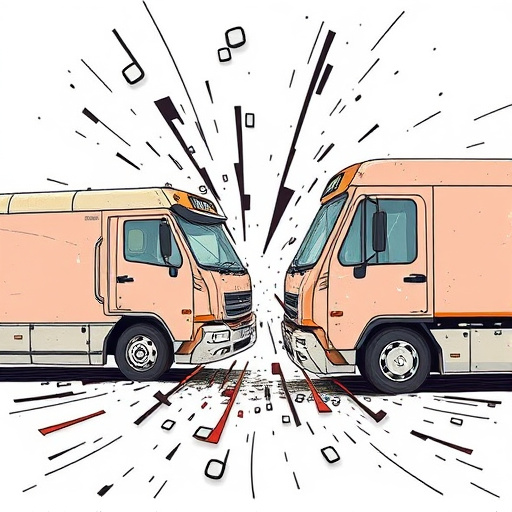A brake system collision check is a critical safety procedure that identifies and rectifies potential hazards in braking components like calipers, rotors, pads, and fluid, minimizing accident risk and enhancing road safety. Skilled mechanics use advanced tools to inspect wear patterns, diagnose complex issues such as hydraulic leaks or sensor malfunctions, and provide reliable repairs. Effective management strategies, including specialized training and dedicated areas for handling complex cases, streamline the process and ensure expert care for all vehicle makes, including Mercedes Benz.
In the realm of automotive safety, managing complex brake system collision check cases is paramount. This article delves into the intricacies of understanding and diagnosing these critical failures, offering strategies for effective management. From grasping the fundamentals of brake system collision checks to identifying intricate failure modes, this guide equips professionals with tools to navigate challenging scenarios. By implementing robust management strategies, workshops can enhance accuracy, streamline processes, and ultimately, improve road safety.
- Understanding Brake System Collision Checks
- Diagnosing Complex Failure Modes
- Implementing Effective Management Strategies
Understanding Brake System Collision Checks
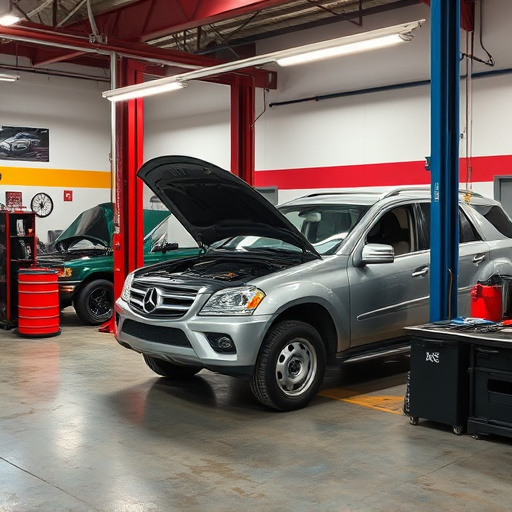
A brake system collision check is a critical procedure designed to identify and rectify potential issues within a vehicle’s braking mechanism before they escalate into safety hazards. This comprehensive assessment goes beyond basic maintenance, delving into the intricate interplay of components such as calipers, rotors, pads, and fluid to ensure each part functions harmoniously for optimal stopping power. By implementing regular collision checks, drivers and fleet managers can significantly reduce the risk of accidents, enhancing overall safety on the road.
For those seeking reliable auto repair near me or efficient fleet repair services, understanding the intricacies of brake system collision checks is paramount. Professional mechanics equipped with advanced diagnostic tools meticulously inspect and test each braking component, identifying wear and tear patterns that may indicate the need for replacement parts. This proactive approach to car repair services not only extends the lifespan of brakes but also ensures drivers enjoy peace of mind, knowing their vehicles are in top condition to navigate even the most challenging road conditions.
Diagnosing Complex Failure Modes

Diagnosing complex failure modes in a brake system collision check is a critical step in ensuring safety and effectiveness. These failures can range from component-level issues like worn pads or damaged rotors to more intricate problems involving hydraulic leaks or sensor malfunctions. Modern vehicles, with their sophisticated electronic braking systems, require advanced diagnostic tools and expertise. Auto maintenance specialists must employ state-of-the-art equipment such as OBD II scanners and specialized brake diagnostics to uncover these hidden issues.
Understanding the interplay between various system components is key. A collision may affect not just the visible parts but also hidden elements like calipers, wheel cylinders, and ABS sensors. Skilled technicians perform thorough inspections, fluid analysis, and dynamic testing to isolate and identify problematic areas. Effective auto maintenance strategies involve regular brake system checks, prompt replacement of faulty components, and staying updated with vehicle-specific diagnostics. By addressing these complex failure modes, collision repair centers can enhance vehicle safety and deliver reliable repair services for every vehicle that comes through their doors.
Implementing Effective Management Strategies

Implementing effective management strategies for complex brake system collision check cases is paramount to ensuring safety and minimizing downtime in auto maintenance. The first step involves streamlining the evaluation process by integrating advanced diagnostic tools that can swiftly identify issues within the intricate network of brakes. These tools, such as computer-aided detection systems, enable mechanics to pinpoint problems with precision, facilitating more accurate and efficient car damage repair.
Moreover, establishing clear protocols for handling these cases is vital. This includes defining specific steps for disassembling and reassembling brake components, as well as setting aside dedicated spaces for storage and inventory management during the repair process. Specialized training for technicians on Mercedes Benz repair and other high-end vehicle brands can also enhance the quality of auto maintenance, ensuring that every brake system collision check is conducted with the utmost care and expertise.
Managing complex brake system collision check cases requires a multifaceted approach. By understanding the intricacies of these checks, diagnosing elusive failure modes, and implementing robust management strategies, automotive professionals can ensure safer vehicles and enhance customer satisfaction. Staying informed about best practices for handling these challenging scenarios is key to navigating the ever-evolving landscape of vehicle safety standards, ultimately contributing to improved road conditions and lives saved.




